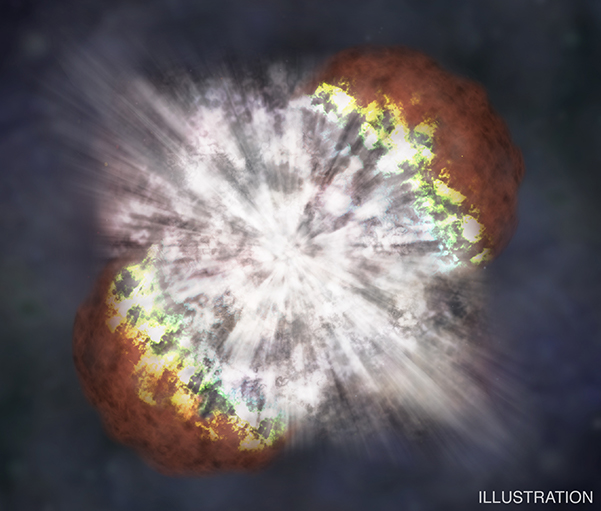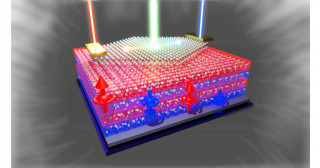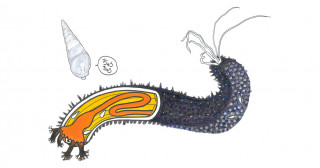Researchers uncover the cause of the brightest astronomical outbursts in the universe
Japan -- On September 2006, astronomers were astounded to find a supernova radiating with 100 times the energy than most supernovae they've seen in the past. This Super-Luminous Supernovae, or SLSNe, was later named SN 2006gy, and was met with significant inquiry from the astronomical community, mainly about its origins.
Publishing in the journal Science , researchers from Japan and Europe have now clarified what exactly was behind such a bright celestial event. It turns out the extreme luminosity was created when a white dwarf collided with an expanding cloud that was ejected before the explosion of a supernova.
"Different elements in a supernova produce different spectrum of light, that is how we understand the compositions of elements in space and their origins. So, our analysis began by looking at the light spectrum of the supernova a year after its explosion," explains Keiichi Maeda of Kyoto University's School of Science, and one of the authors of the study.
The data showed several unidentified spectrum bands that the researchers thought came from the center of the supernova. After further inspection, they found that the signature came from iron, surprising everyone. Iron is usually ionized after such an explosion, but the iron they found was neutral, and there was a lot of it.
"This much neutral iron lead us to formulate a new working hypothesis on the origins of the supernova: a thermonuclear explosion of a white dwarf," Maeda continues.
In this hypothesis, a white dwarf was orbiting a massive star which was in the late stages of its life and therefore expanding. The white dwarf was caught in the expansion, causing it to hurtle towards the centre of the star. When it reached the core, the white dwarf exploded causing what astronomers call a 'Type Ia supernova'.
"The energy from this supernova then collided with the ejected particles of the star," Maeda explains. "It was this gigantic collision that resulted in the extremely bright light. This even suggests that a standard Type Ia supernova can occur in a dense stellar environment. Typically, they explode in a relatively 'clear' one."
Observational data for many astronomical phenomena, including supernovae, has rapidly increased over the last decade, leading researchers to find many peculiar classes of stellar objects that behave differently than what has been seen before.
Maeda and his team hope to further analyze this vast amount of data, and understand the origins of the many new unanswered questions in the universe.

Artistic interpretation of the SN 2006gy supernova (NASA)
Paper Information
【DOI】 https://doi.org/10.1126/science.aaw1469
Anders Jerkstrand, Keiichi Maeda, Koji S. Kawabata (2020). A type Ia supernova at the heart of superluminous transient SN 2006gy. Science, 367(6476), 415-418.





